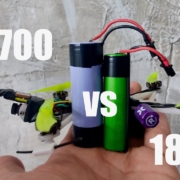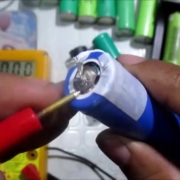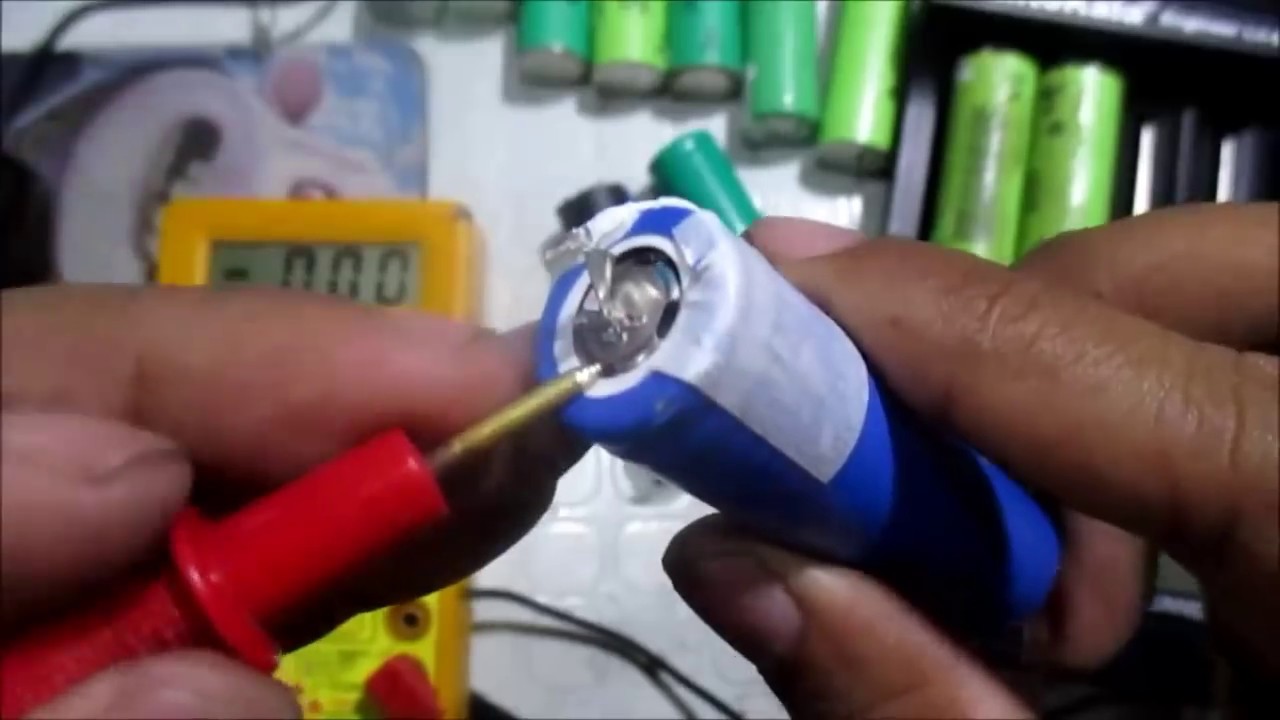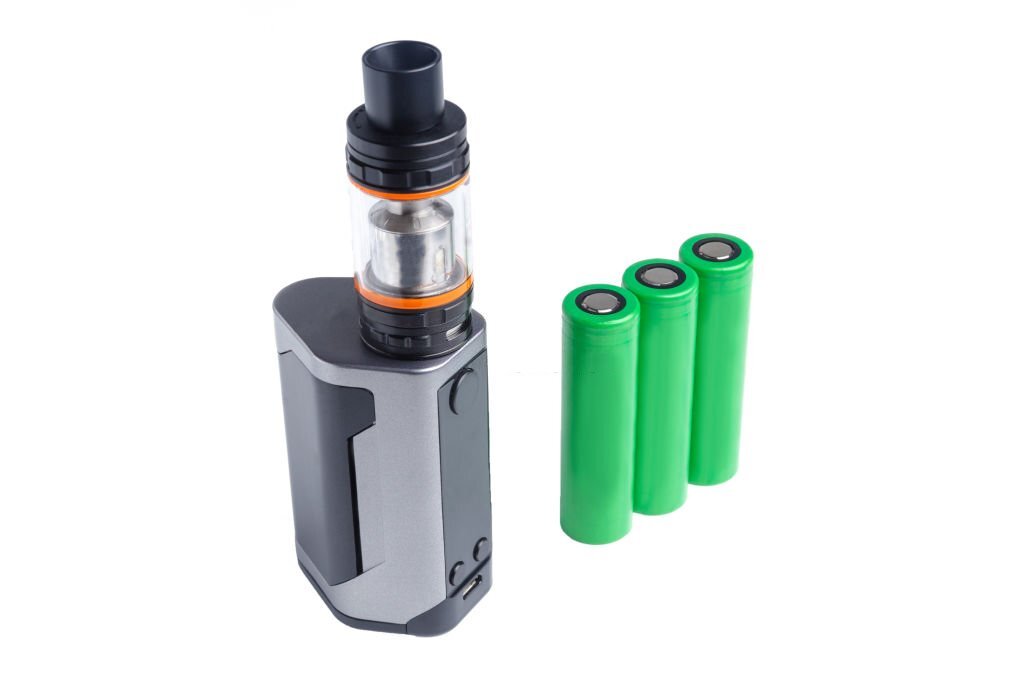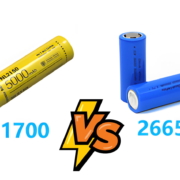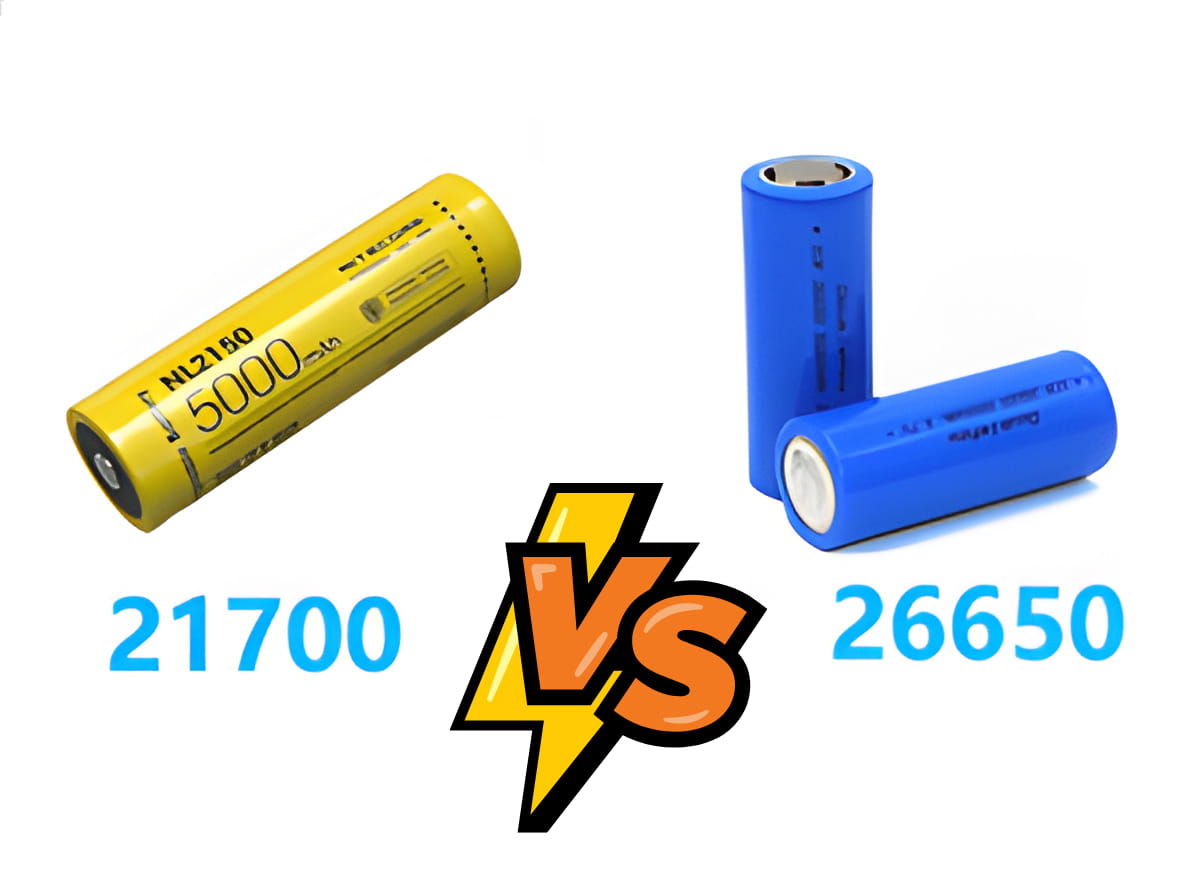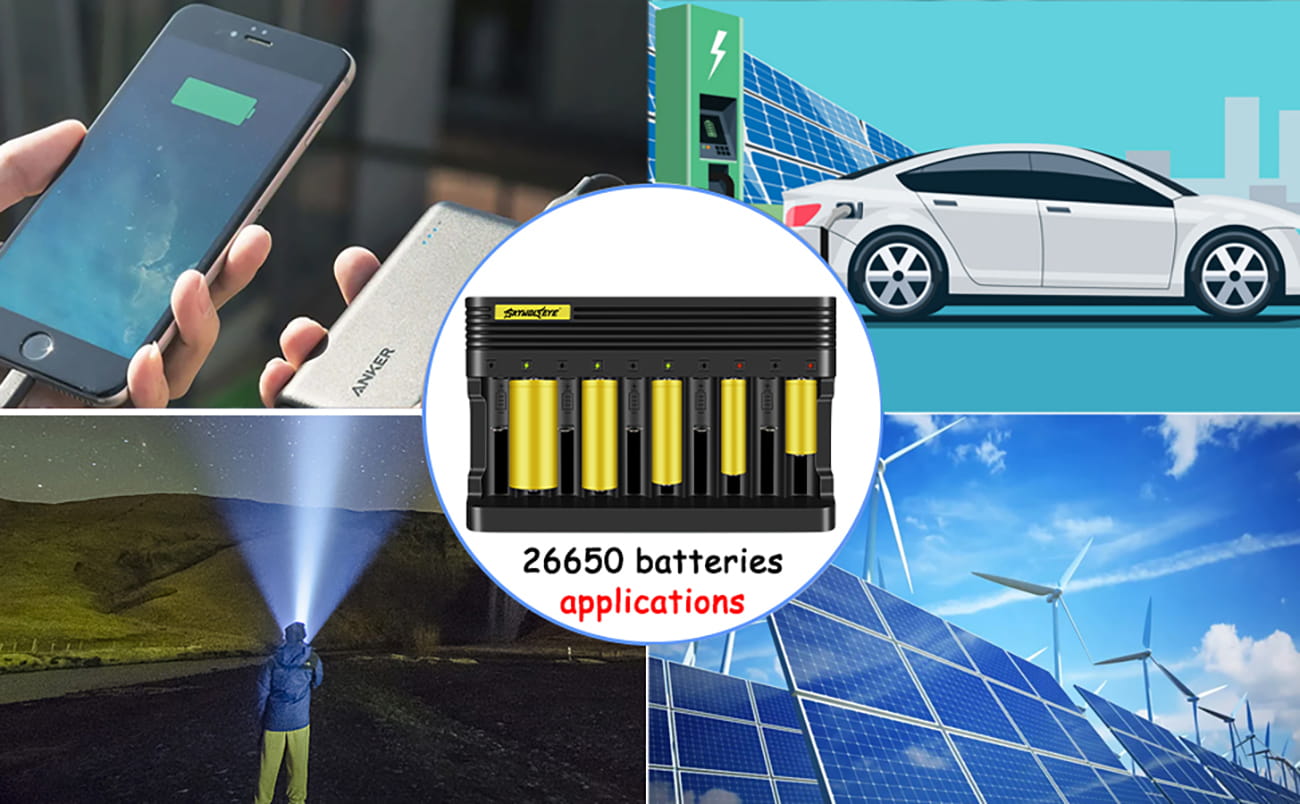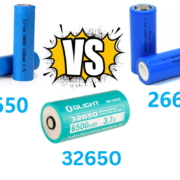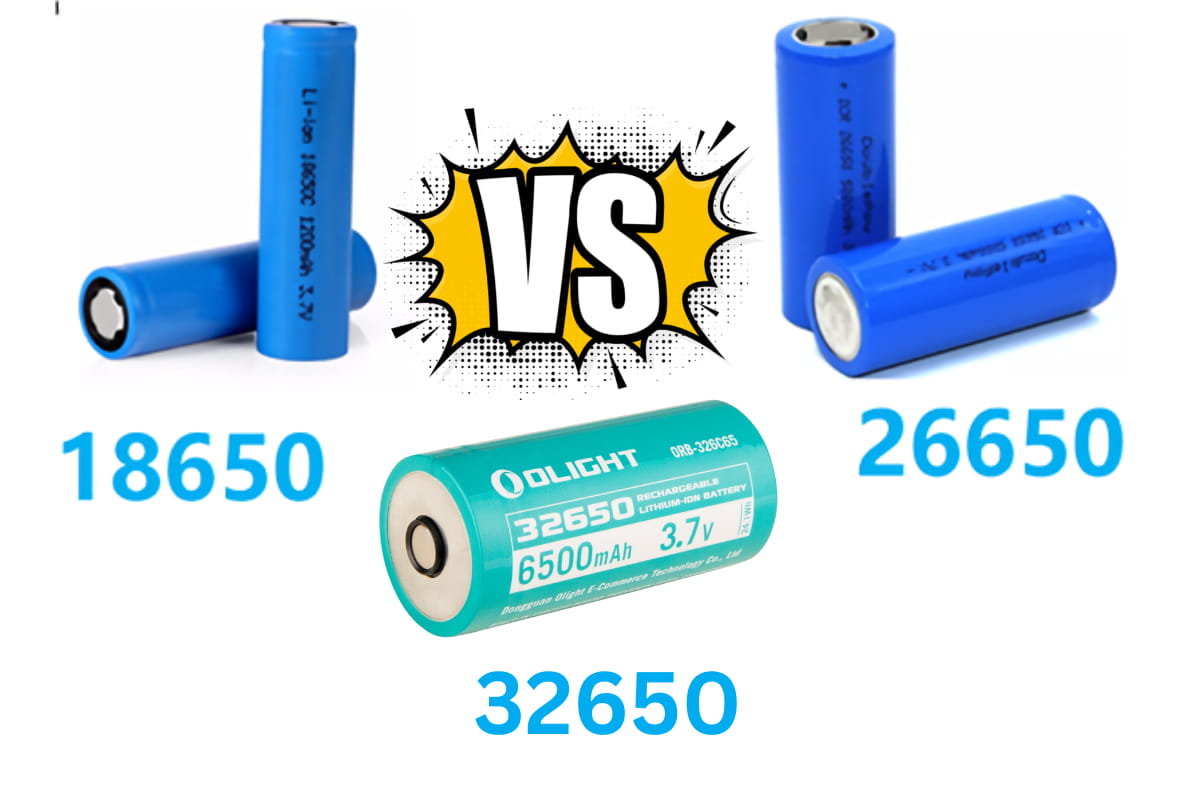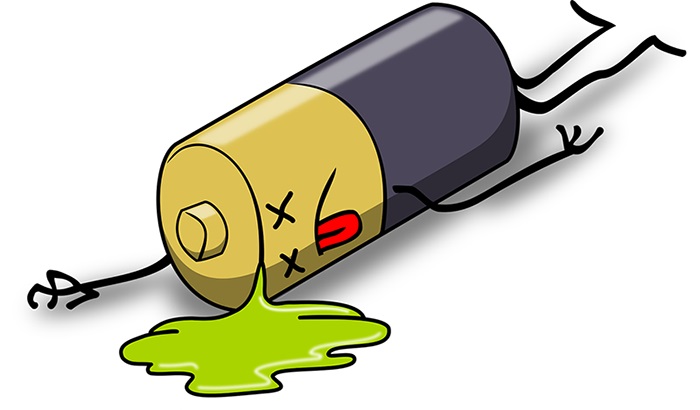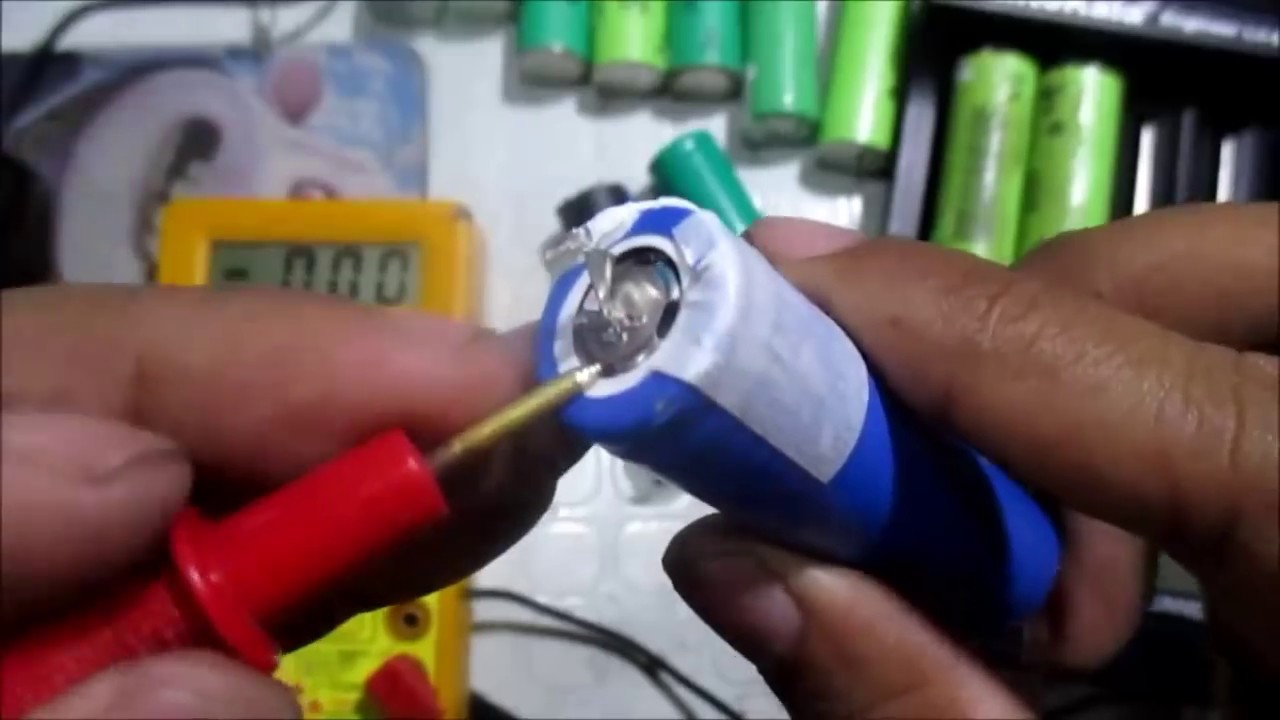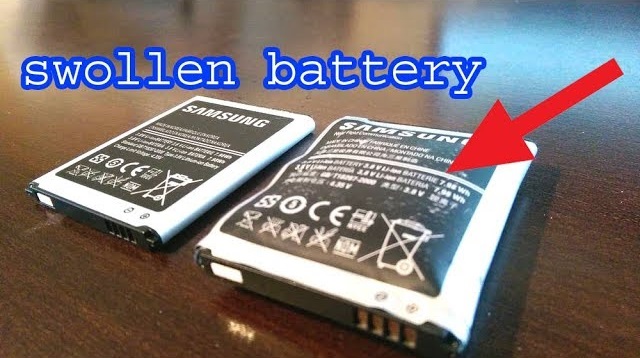¿Cómo revivir la batería de iones de litio de 4 maneras?
In today’s technology-driven world, lithium-ion batteries are found in numerous devices, from smartphones and laptops to electric vehicles. However, these batteries can degrade over time, leading to decreased performance and, eventually, failure. This article will guide you on reviving a lithium-ion battery, discussing safety precautions, and providing tips for extending battery life.
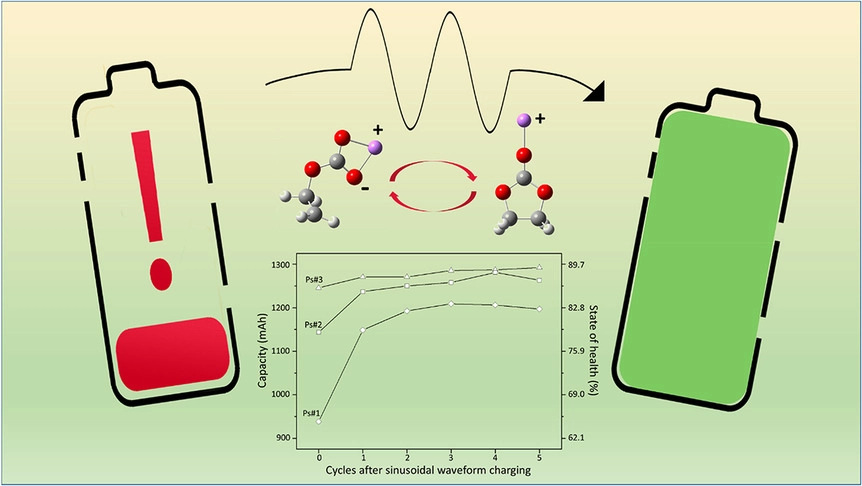
Understanding Lithium-ion Batteries
How do Lithium-ion batteries work?
Lithium-ion batteries work by facilitating the movement of lithium ions between two electrodes – the anode and the cathode – through an electrolyte. When charging, lithium ions move from the cathode to the anode, storing energy in the process. During discharge, the ions flow back to the cathode, releasing energy that powers the device.
What causes Lithium-ion batteries to degrade?
Several factors contribute to lithium-ion battery degradation, including:
- High temperatures: Excessive heat accelerates chemical reactions within the battery, causing it to degrade faster.
- Overcharging: Charging a battery beyond its capacity can cause irreparable damage to the electrolyte and electrodes.
- Deep discharging: Draining the battery ultimately can increase the risk of developing a high resistance or “memory effect.”
- Aging: Over time, internal resistance within the battery increases, reducing its overall capacity.
Safety Precautions
Before attempting to revive a lithium-ion battery, consider these safety precautions:
- Work in a well-ventilated area to minimize the risk of hazardous fumes.
- Wear protective gear, such as gloves and safety glasses.
- Never attempt to open, puncture, or modify the battery in any way, as it could result in a dangerous chemical reaction.
- Dispose of damaged or leaking batteries immediately and according to local regulations.
- If unsure about the process, consult a professional or the battery manufacturer.
How to revive lithium-ion batteries?
There are 4 ways to revive lithium-ion batteries to work like new again: freezing the battery, charging with a low current, jumpstarting the battery, and using a specialized charger.
Freezing the battery
In some cases, freezing the battery can help break down the crystalline structures that may have formed on the electrodes, thus improving the battery’s performance. Store the battery in a sealed plastic bag in the freezer for 12 to 24 hours, then allow it to reach room temperature before attempting to charge it.
Charging with a low current
Employing a charger with a reduced current may be an expedient remedy to reanimate a battery with a diminished voltage. Securely link the battery to a charging unit that provides an amperage inferior to the typical charging current of the battery. Allow the battery to charge for several hours or until its voltage has reached the standard level. After that, shift to the customary charger of the device in use.
Jumpstarting the battery
You can perform a “jumpstart” by utilizing a fully charged battery with a voltage akin to the dead battery. Connect the positive terminals of both batteries using a wire, and subsequently link the negative terminals. Wait a few minutes, then check if the dead battery’s voltage has increased. If so, disconnect the batteries and use the regular charger to finish charging the revived battery.
Using a specialized charger
Some chargers are designed specifically to revive dead or low-voltage lithium-ion batteries. These chargers provide a controlled current to slowly restore the battery’s voltage, enabling it to accept a charge from a standard charger afterward. Make sure to follow the manufacturer’s instructions when using a specialized charger.
Preventive Measures to Extend Battery Life
To maintain optimal battery health, you should take certain actions:
- Avoid exposing the battery to extreme temperatures, both hot and cold.
- Always utilize the charger specifically designed for your device, ensuring that it provides the optimal charging current.
- Partially charge the battery whenever possible, keeping its charge level between 20% and 80% most of the time.
- Store batteries in a cool and dry place when they are not in use.
- Regularly clean the battery contacts to ensure a proper connection.
Conclusión
Reviving a batería de iones de litio can be challenging, but with proper safety precautions and techniques, it’s possible to bring a dead battery back to life. However, it’s important to remember that preventive measures are crucial for extending battery life and maintaining optimal performance.
Preguntas frecuentes
Q1: Can all lithium-ion batteries be revived?
A: It’s essential to note that not all lithium-ion batteries can be revived. Some batteries may suffer irreversible damage due to overcharging, deep discharging, or aging. In such cases, replacing the battery is the best course of action.
Q2: How long does it take to revive a lithium-ion battery?
A: Reviving a lithium-ion battery is subject to the method used and the battery’s condition. The revival duration can range from a few minutes to several hours.
Q3: Can I use a car battery charger to revive a lithium-ion battery?
A: Using a car battery charger to revive a lithium-ion battery is not recommended. Car battery chargers are intended for lead-acid batteries and may not deliver the correct voltage or current for lithium-ion batteries.
Q4: How often should I attempt to revive a lithium-ion battery?
A: It’s important to treat reviving a lithium-ion battery as a final recourse instead of a regular maintenance procedure. If a battery frequently loses its charge or necessitates revival, it may be appropriate to consider replacing it.
Q5: Can I overcharge a lithium-ion battery while trying to revive it?
A: Overcharging a lithium-ion battery can cause permanent damage. When attempting to revive a battery, constantly monitor the voltage and current to ensure you don’t exceed the battery’s charging limits.




